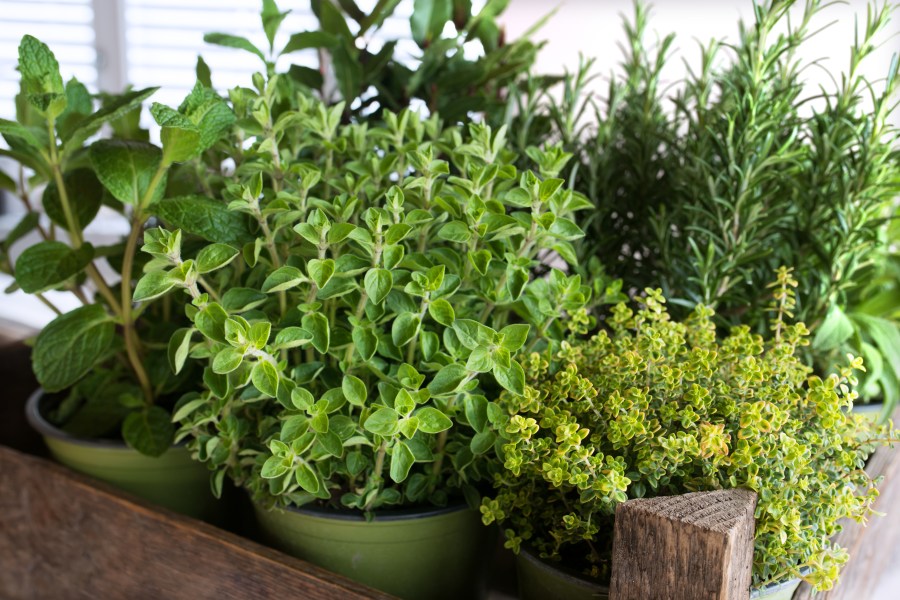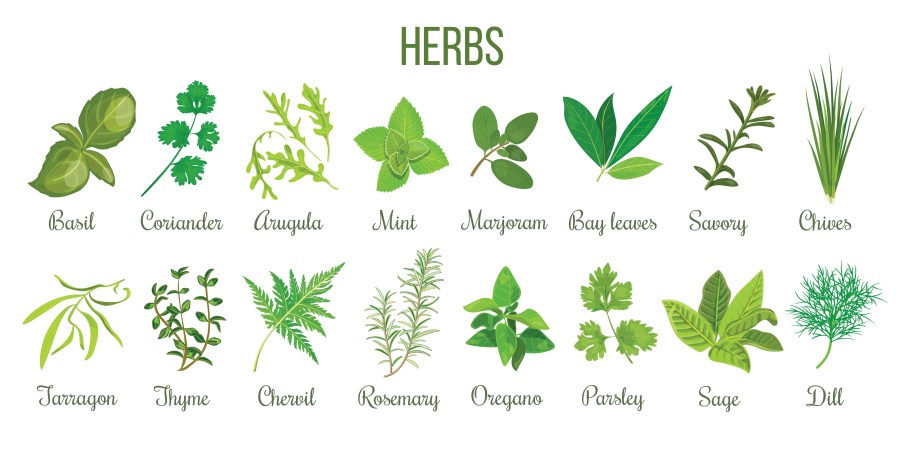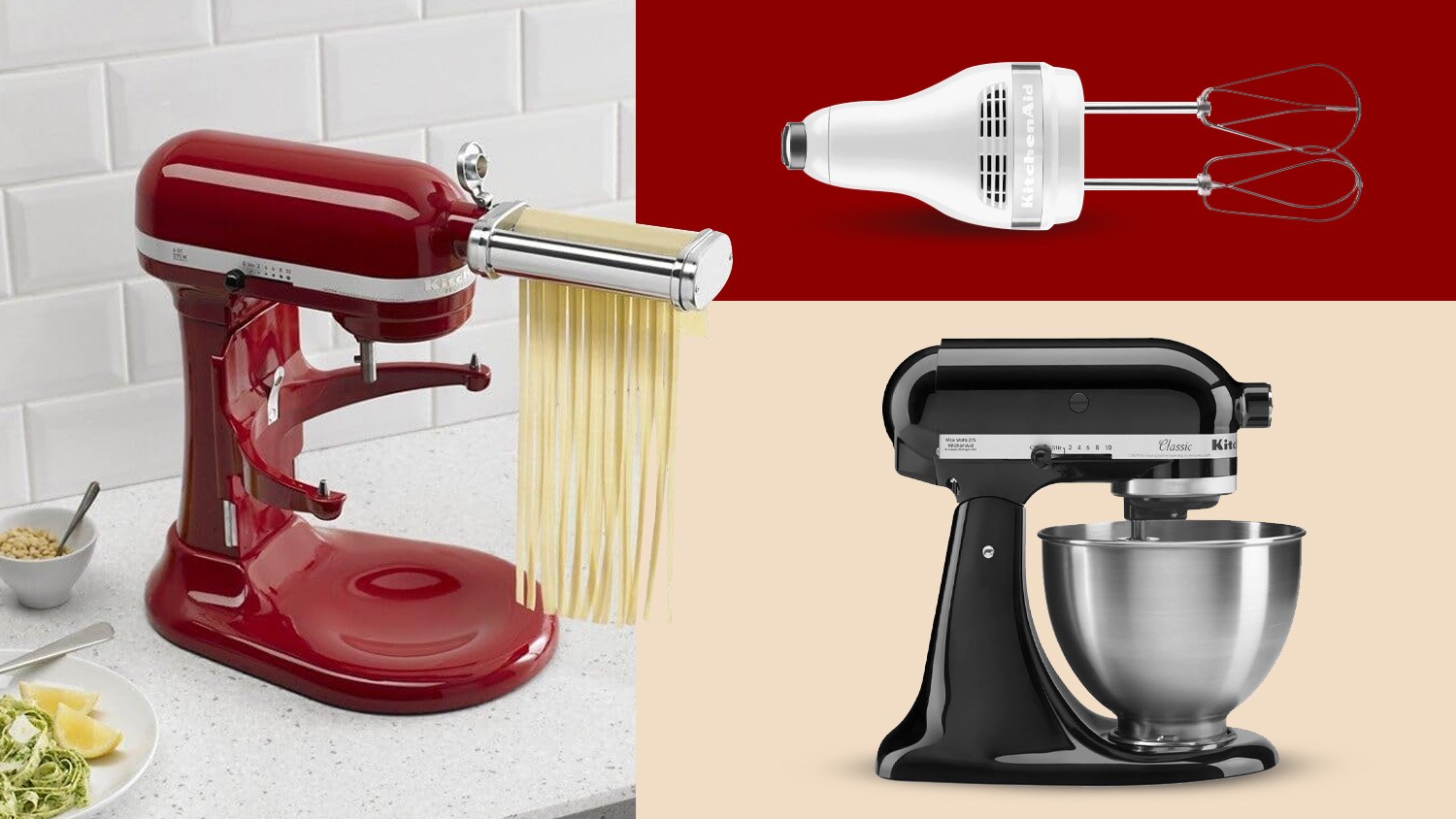Tampa (BLOOM) – Growing and harvesting your own cooking herbs is a rewarding experience that adds freshness and flavor to your culinary creations. Whether you have a spacious garden or a small balcony, cultivating herbs can be done successfully with the right techniques.

Choosing the Right Herbs
To begin your herb garden journey, it’s important to select the herbs that align with your culinary preferences and growing conditions. Popular cooking herbs such as basil, parsley, thyme, rosemary, and mint offer a wide range of flavors and aromas. Consider the climate of your region and the available space when making your choices.
Creating an Ideal Herb Garden
Selecting the right location is crucial for your herb garden’s success. Most herbs require at least six hours of direct sunlight, so choose a spot with adequate sunlight exposure. Additionally, ensure good drainage for the herbs by preparing the soil with organic matter and removing any weeds or debris. Whether you opt for a traditional garden bed or containers, make sure they provide ample space for root growth.
Starting from Seeds or Seedlings
Deciding whether to start your herbs from seeds or seedlings depends on various factors. Starting from seeds allows you to choose from a wider range of herb varieties, while using seedlings gives you a head start. Follow the instructions on the seed packets or consult a gardening guide for optimal germination and transplanting techniques.
Growing Techniques
Proper watering is vital for herb growth. Most herbs prefer moist but well-drained soil, so water them consistently, avoiding overwatering or letting the soil dry out completely. Additionally, herbs thrive in full sun, but some varieties like mint and cilantro appreciate partial shade. Regularly fertilize the soil with organic matter or slow-release fertilizers to provide essential nutrients for healthy growth. Monitor your herbs for signs of pests and diseases and adopt organic pest control methods to keep them at bay.
Harvesting Herbs
Timing is key when it comes to harvesting herbs. Each herb has its own ideal harvest stage for peak flavor. Harvest leafy herbs like basil and parsley when they have reached their fullest and before they start flowering. For woody herbs like rosemary and thyme, you can harvest sprigs throughout the growing season. Use clean scissors or pruners to avoid damaging the plant, and leave enough foliage for the herb to continue growing. Properly store and preserve harvested herbs by drying them or storing them in airtight containers to retain their flavors.
Herbs in Cooking
Freshly harvested herbs elevate the taste of your dishes. Chop basil into a tomato salad, sprinkle parsley on roasted vegetables, or infuse thyme into soups and stews. Experiment with various recipes to explore the versatility of different herbs. If you have an abundant harvest, consider drying or freezing the excess for year-round use.

Troubleshooting
Maintaining a healthy herb garden can sometimes present challenges. Keep an eye out for common issues like aphids, fungal diseases, or nutrient deficiencies. Regularly inspect your herbs, and take immediate action to address any problems. Research specific troubleshooting techniques for different herbs to ensure their continued vitality.
Propagating herbs through methods like stem cuttings or division is a fantastic way to expand your herb garden and create new plants without relying solely on seeds or seedlings. Here are some insights and techniques to empower you in this process:
- Stem Cuttings: Many herbs can be propagated from stem cuttings, allowing you to create new plants that are genetically identical to the parent plant. Follow these steps for successful stem cutting propagation:a. Select a healthy, mature herb plant: Choose a plant that is disease-free and has strong, vigorous growth.b. Prepare the cuttings: Take 4-6 inch cuttings from the herb, just below a leaf node. Remove the lower leaves from the cutting, leaving only a few at the top.c. Rooting medium: Dip the cut end of the stem in a rooting hormone (optional) and place it in a well-draining rooting medium like perlite, vermiculite, or a mix of peat moss and sand.d. Provide the right conditions: Place the cuttings in a warm, bright location with indirect sunlight. Keep the rooting medium moist but not waterlogged.e. Monitor and care for the cuttings: Mist the cuttings regularly to maintain humidity. After a few weeks, the cuttings will develop roots. Once the roots are well-established, transplant the new plants into individual pots or the garden.
- Division: Certain herbs can be propagated through division, where you separate the plant into multiple sections, each with its own root system. Here’s how to divide herbs:a. Choose the right time: Spring or early fall is the best time to divide herb plants when they are actively growing.b. Dig up the plant: Carefully dig up the herb plant, preserving as much of the root system as possible.c. Separate the plant: Gently separate the plant into smaller clumps, ensuring that each division has a healthy portion of roots and foliage.d. Replant the divisions: Plant each division in its new location, ensuring adequate spacing and proper soil conditions. Water thoroughly after planting.e. Provide post-division care: Water the divisions regularly to help them establish themselves. Avoid overwatering, as it can lead to root rot.
Propagation through stem cuttings and division offers an economical and efficient way to multiply your herb garden. It allows you to reproduce your favorite herbs or share them with fellow gardeners. Remember to provide proper care and patience during the propagation process, and soon you’ll have an abundant herb garden filled with your own propagated plants.
Let’s dive deeper into specific herb varieties within popular categories like basil, parsley, and mint. Understanding their unique characteristics, flavor profiles, and recommended growing conditions will help readers make informed choices based on their preferences and gardening capabilities.
- Basil Varieties: a. Sweet Basil: This is the classic basil variety with a sweet and slightly peppery flavor. It pairs well with tomatoes, making it ideal for caprese salads, pasta sauces, and pesto. Sweet basil prefers full sun, well-drained soil, and warm temperatures.b. Genovese Basil: Known as the “king of basil,” Genovese basil has large, aromatic leaves with a strong and sweet flavor. It is a staple in Italian cuisine and an essential ingredient in traditional pesto. Provide it with full sun and well-draining soil.c. Thai Basil: Thai basil offers a distinct licorice or anise-like flavor, adding a unique twist to Southeast Asian dishes. It has purple stems and pointed leaves. Thai basil thrives in full sun, well-drained soil, and warm climates.
- Parsley Varieties: a. Flat-leaf Parsley (Italian Parsley): Flat-leaf parsley has dark green, flat leaves and a robust flavor. It is versatile and commonly used in Mediterranean and Middle Eastern cuisines. It adds freshness to salads, soups, and herb butter. Grow it in well-drained soil and partial sun.b. Curly Parsley: Curly parsley features tightly curled, bright green leaves and a milder flavor compared to flat-leaf parsley. It is often used as a garnish but can also enhance the taste of dishes like tabbouleh or potato salad. Curly parsley prefers partial sun and moist, well-drained soil.
- Mint Varieties: a. Peppermint: Peppermint has a refreshing and cooling flavor with a strong menthol aroma. It is commonly used in beverages like mojitos or infused water, as well as desserts and savory dishes. Peppermint thrives in partial shade and moist soil.b. Spearmint: Spearmint has a milder flavor compared to peppermint, with a sweeter and more delicate taste. It is a popular choice for making mint tea, flavoring cocktails, or adding to fruit salads. Spearmint prefers partial shade and moist, well-drained soil.c. Chocolate Mint: As the name suggests, chocolate mint offers a delightful combination of mint and chocolate flavors. It is great for desserts, hot chocolate, or as a garnish on chocolate-based dishes. Chocolate mint requires partial shade and moist soil.
Remember to consider the specific growing conditions required for each herb variety, such as sunlight, water, and soil preferences. By selecting the herb varieties that align with your taste preferences and gardening capabilities, you can ensure a successful herb garden that caters to your culinary needs.
Growing and harvesting your own cooking herbs is a gratifying journey that connects you with nature and enhances your culinary creations. By following these proven techniques, you can create a thriving herb garden that provides you with an abundant supply of fresh flavors and aromas. Embrace the joys of homegrown herbs and elevate your cooking to new heights with the vibrant taste of nature’s bounty.














